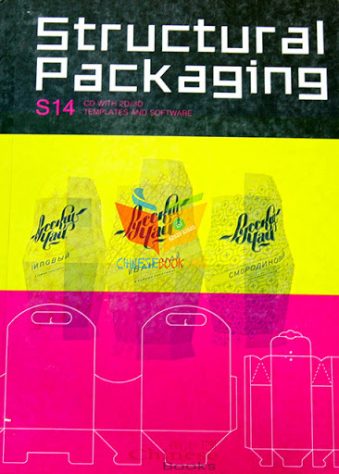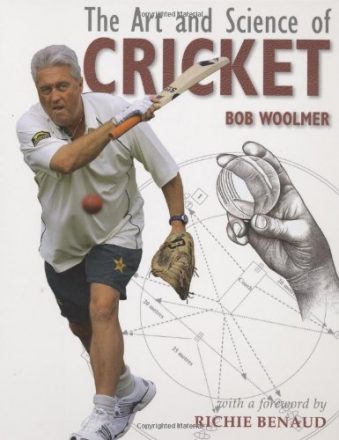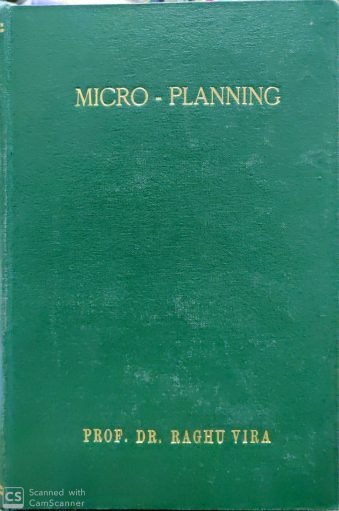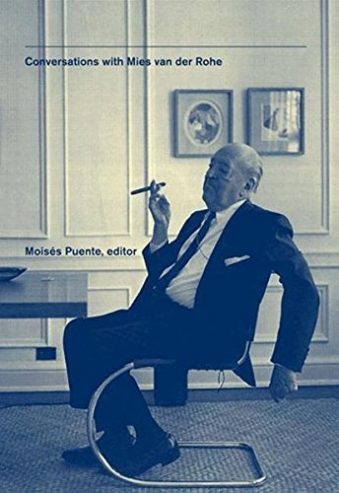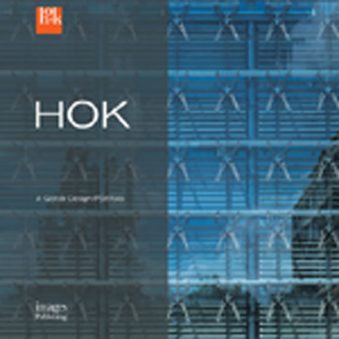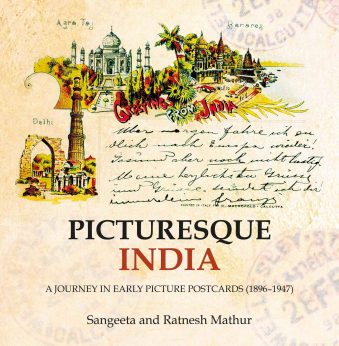- Empty cart.
- Continue Shopping
Structural Analysis Of Historical Construction, Vol 3: Possibilities Of Numerical And Experimental Technique
₹2,999.00
SET OF 3 VOLUMES
Structural Analysis of Historical Constructions V continues the successful series started in Barcelona (1995 and 1998). with later editions in Guimar&es (2001) and Padova
(2004). The event is now organized outside Europe for the first time, being held in New Delhi, India, a vast subcontinent with most valuable architectural heritage. It is well known that the value and authenticity of architectural heritage cannot be assessed by fixed criteria and must take into account the cultural context. Therefore, it is hoped the conference contributes significantly for increasing technical and scientific interchange between Europe and Asia in the field of Historical Constructions.
The number of contributions clearly indicates a consolidated field of knowledge and ample recognition from the technical and scientific communities. The task of reviewing more than 250 papers and 400 abstracts in a short period was a major difficulty to the Scientific Committee, allowing to select high quality and up-to-date contributions in this single publication. Keeping the tradition of previous events, ten invited lectures are also included in the book, on topics such as “Historical aspects and general methodology”,
“Non-destructive testing, inspection and monitoring”,
“Experimental
results and laboratory testing”, “Analytical and numerical approaches”, “Innovative and traditional materials / technology”, “Intervention techniques, restoration and strengthening”, “Seismic behavior and retrofitting”, and “Case-studies”.
The present conference is partly sponsored by the European Commission, under the EU-India Economic Cross Cultural Programme. The project “Improving the seismic resistance of cultural heritage buildings” will be completed by the end of 2006 and includes a plan of action based on a multidisciplinary approach, entailing aspects of risk analysis, modern techniques for survey and monitoring applied to monuments and advanced computer simulation of reality in a virtual environment. The objective is to provide recommendations for the conservation of historical buildings in seismic regions, based on a thorough understanding of their structure, construction features and materials, which may help to prevent earthquake induced damage to buildings, considering traditional and modern materials and techniques. Within the project, a common methodology was applied to four emblematic constructions in Portugal, Spain, Italy and India. The organizers are very proud to distribute to the conference participants a DVD arising from this project, incorporating a video for the general public and guidelines for the conservation of architectural heritage in seismic regions, among other information.
Safety of historical constructions remains a true challenge for practitioners, in which the art of conservation must be balanced with true scientific and analytical knowledge. This Conference is a unique opportunity to exchange experiences, discuss materials, techniques and methodology, evaluate techniques already introduced, and suggest new techniques. Practitioners will certainly find in the valuable contributions of the book a precious guidance for their future choices.
Guimarães, August 2006
Paulo B. Lourenço / Pere Roca / Claudio Modena / Shailesh Agrawal



